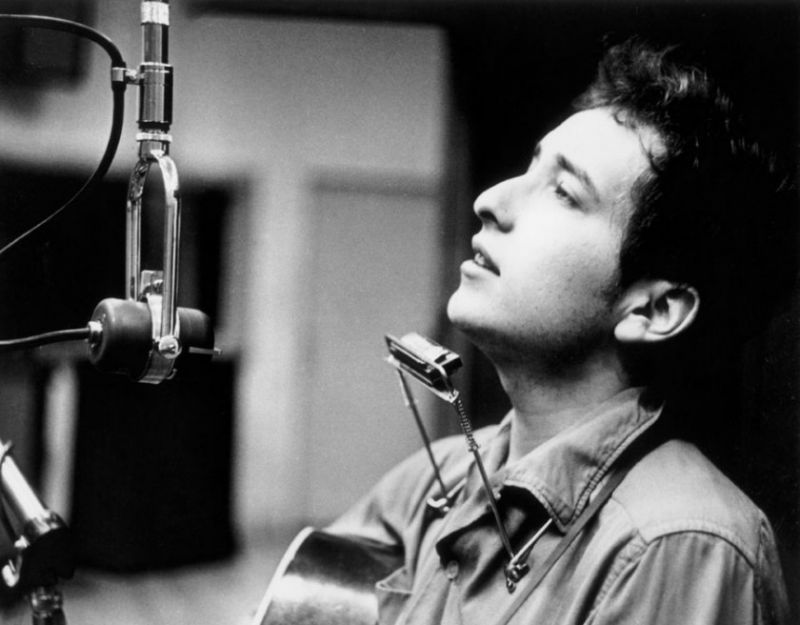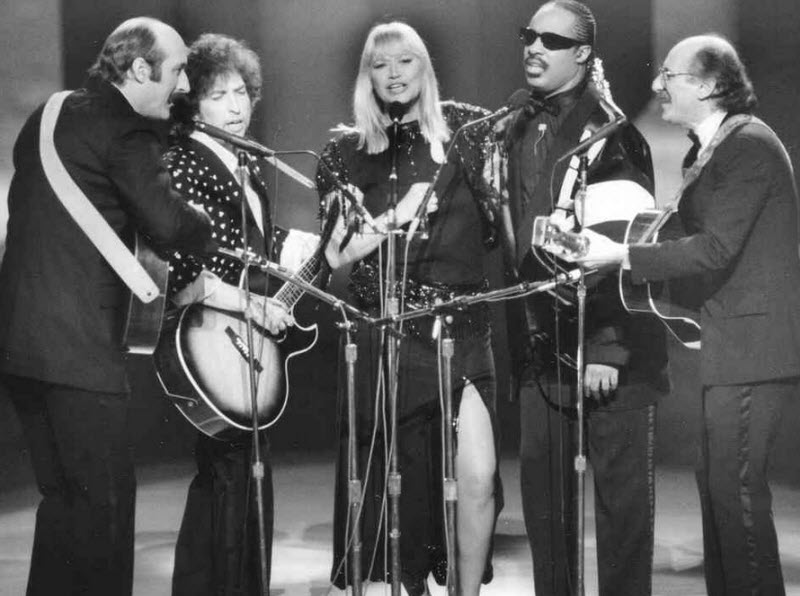Redirecting to a newer version of this post….
[vc_row][vc_column][vc_message message_box_color=”mulled_wine” icon_fontawesome=”fa fa-quote-left”]..lots of surprising song selections, a tight band and Dylan in great and authoritative voice, willing to radically experiment (the re-worked Dignity, for example) and – once again – reinventing his back pages.
~Andrew Muir (Razor’s Edge)
Bob seems to be in a good mood, the band is tight, and the performance is incredible. We get to hear two songs performed live for the first time ever.
~bobsboots.com[/vc_message][/vc_column][/vc_row]
Wonderful 2000 show.
Concert # 1166 of The Never-Ending Tour. First concert of the 2000 US Spring Tour. First 2000 concert.
Sun Theatre
Anaheim, California
10 March 2000
Early show
- Bob Dylan (vocal & guitar)
- Charlie Sexton (guitar)
- Larry Campbell (guitar, mandolin, pedal steel guitar & electric slide guitar)
- Tony Garnier (bass)
- David Kemper (drums & percussion)
Notes:
- Live debuts of Tell Me That It Isn’t True and Things Have Changed
- First Dignity since Manchester 4 April 1995.
Continue reading Bob Dylan @ Sun Theater, Anaheim, CA – March 10, 2000 →



